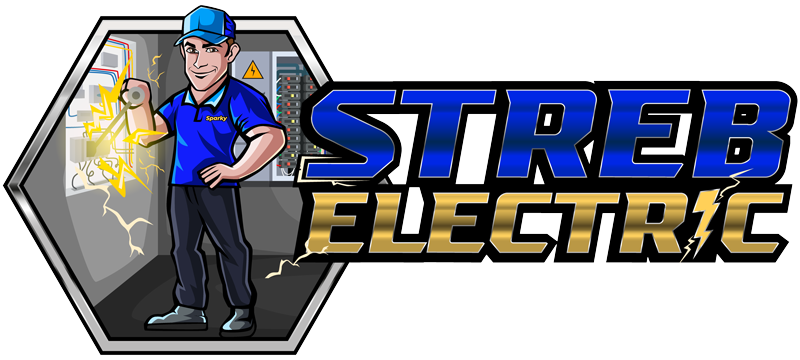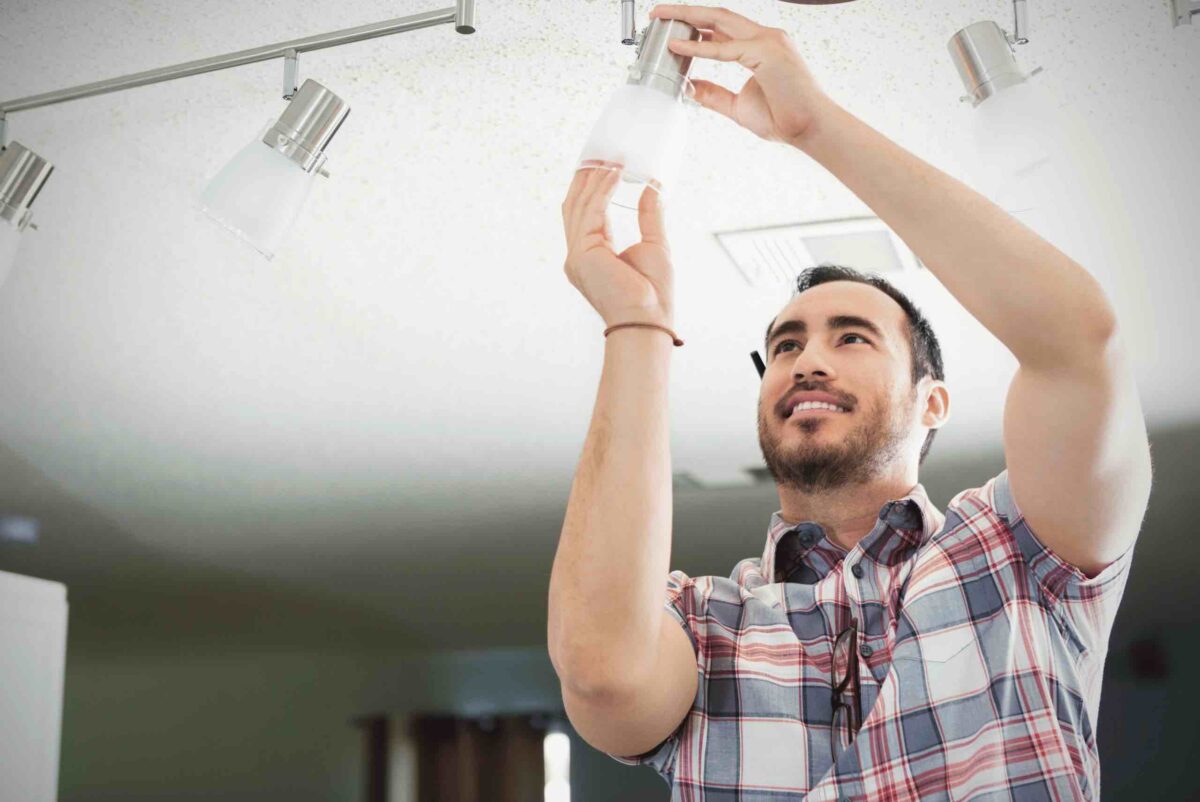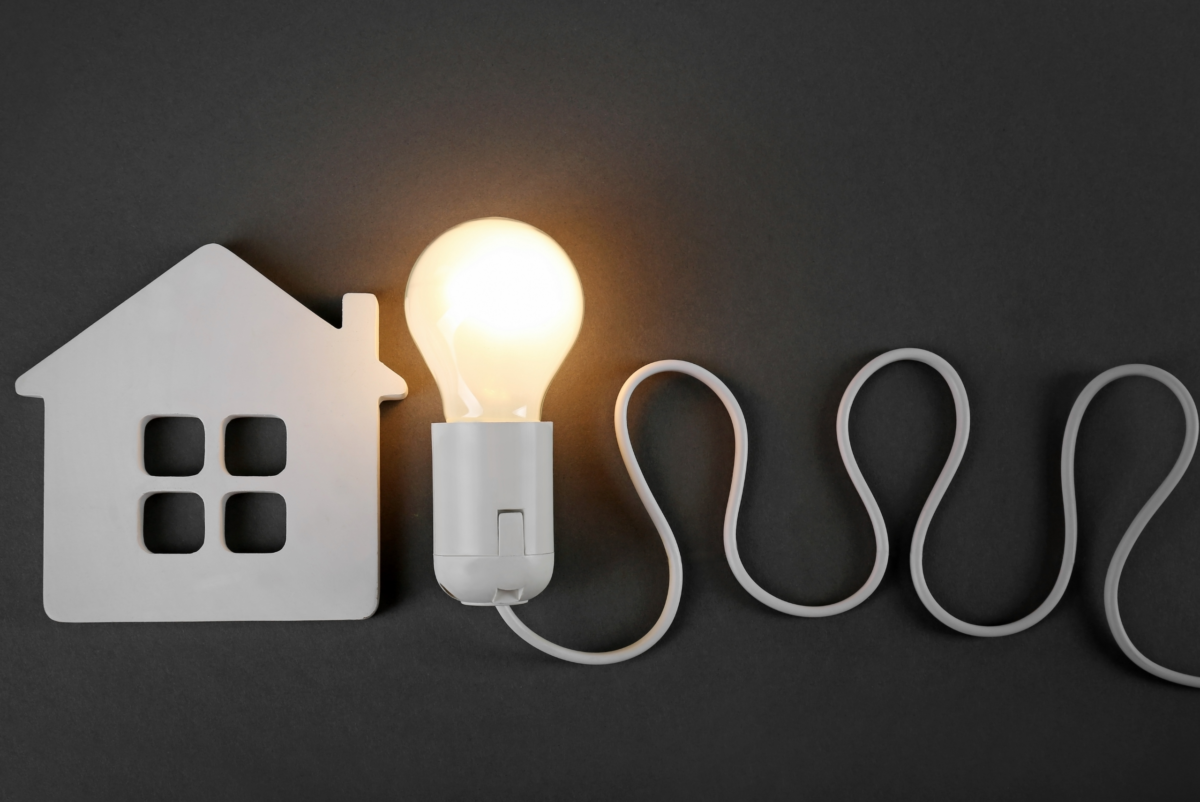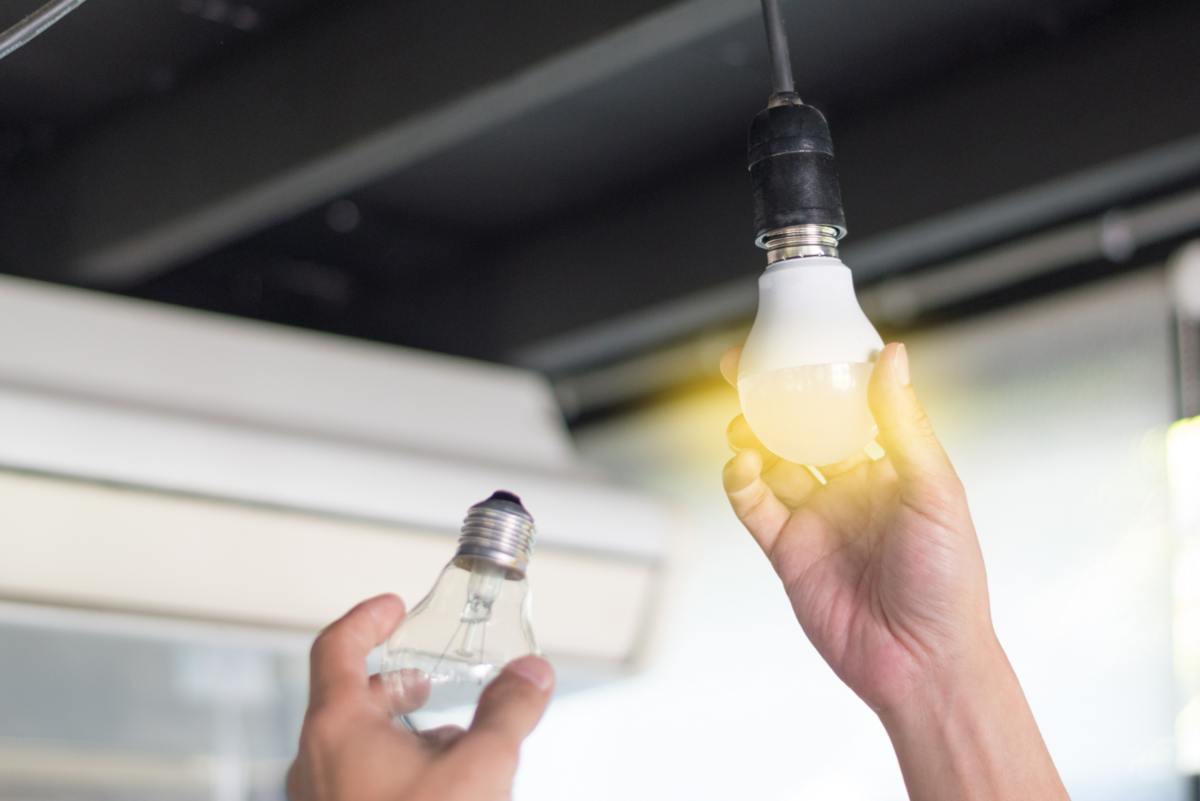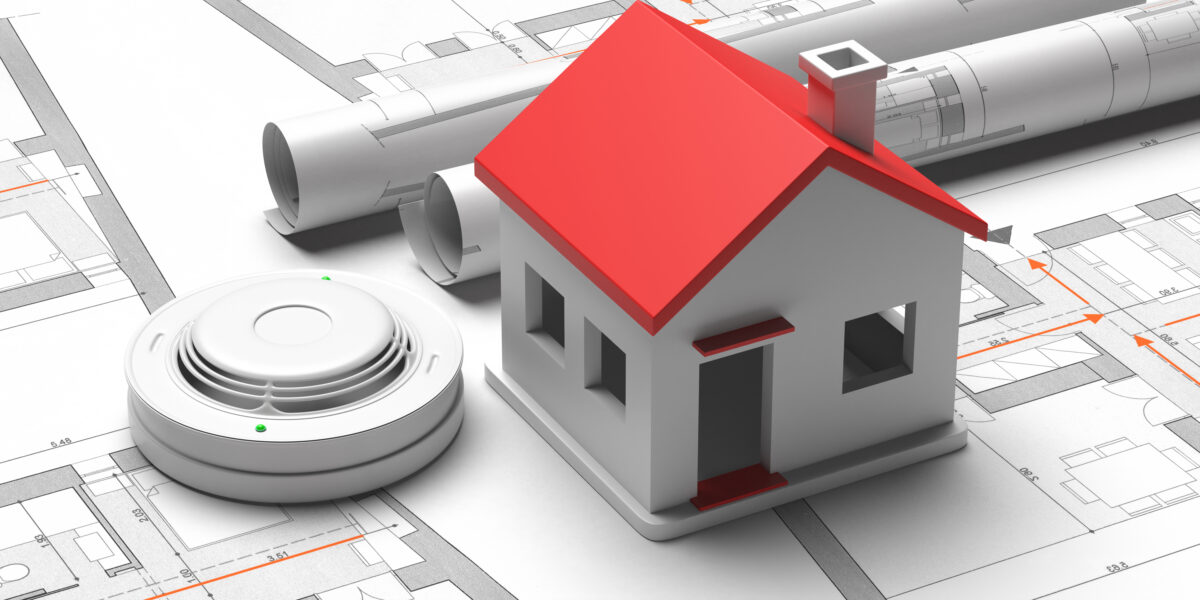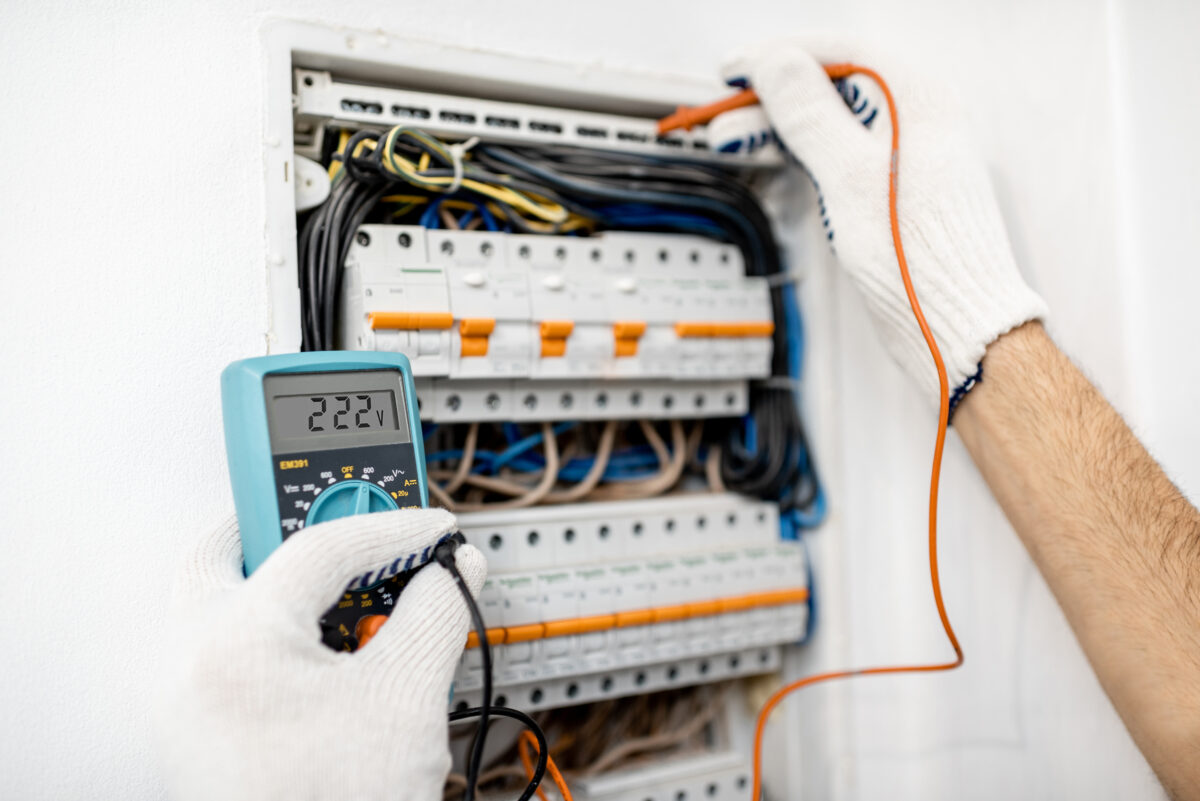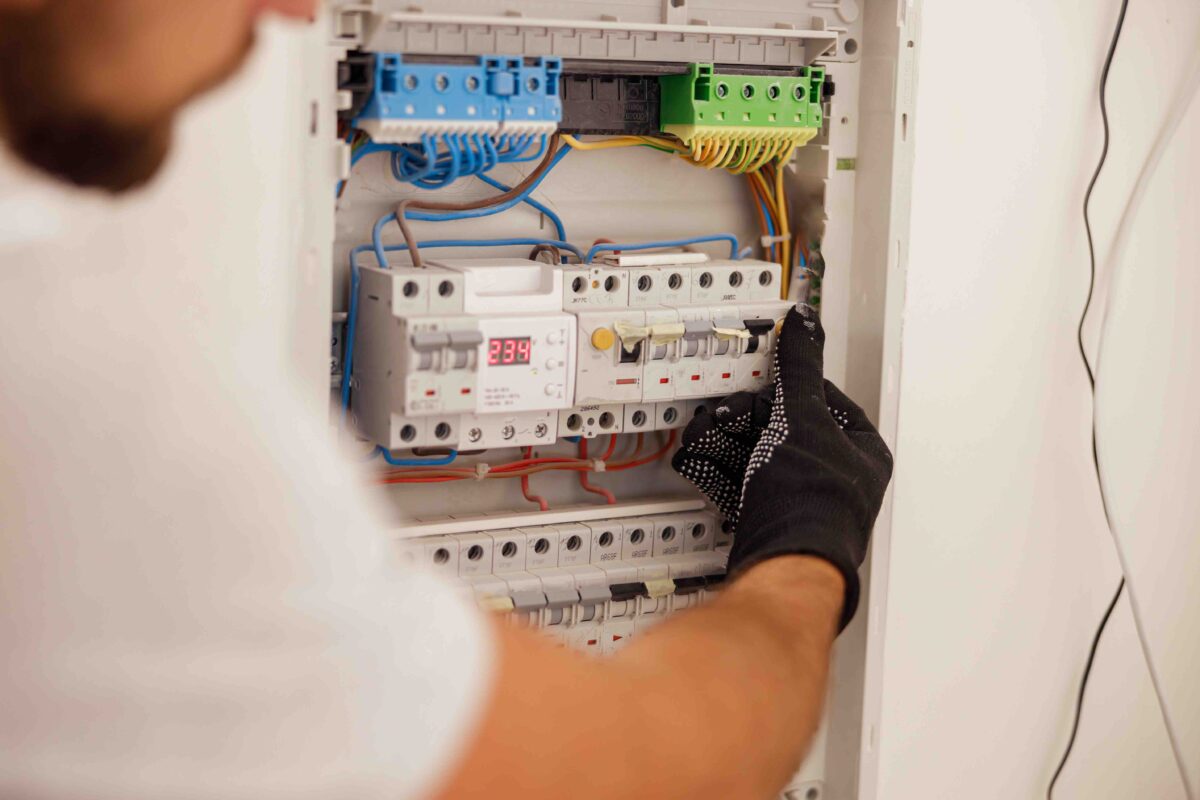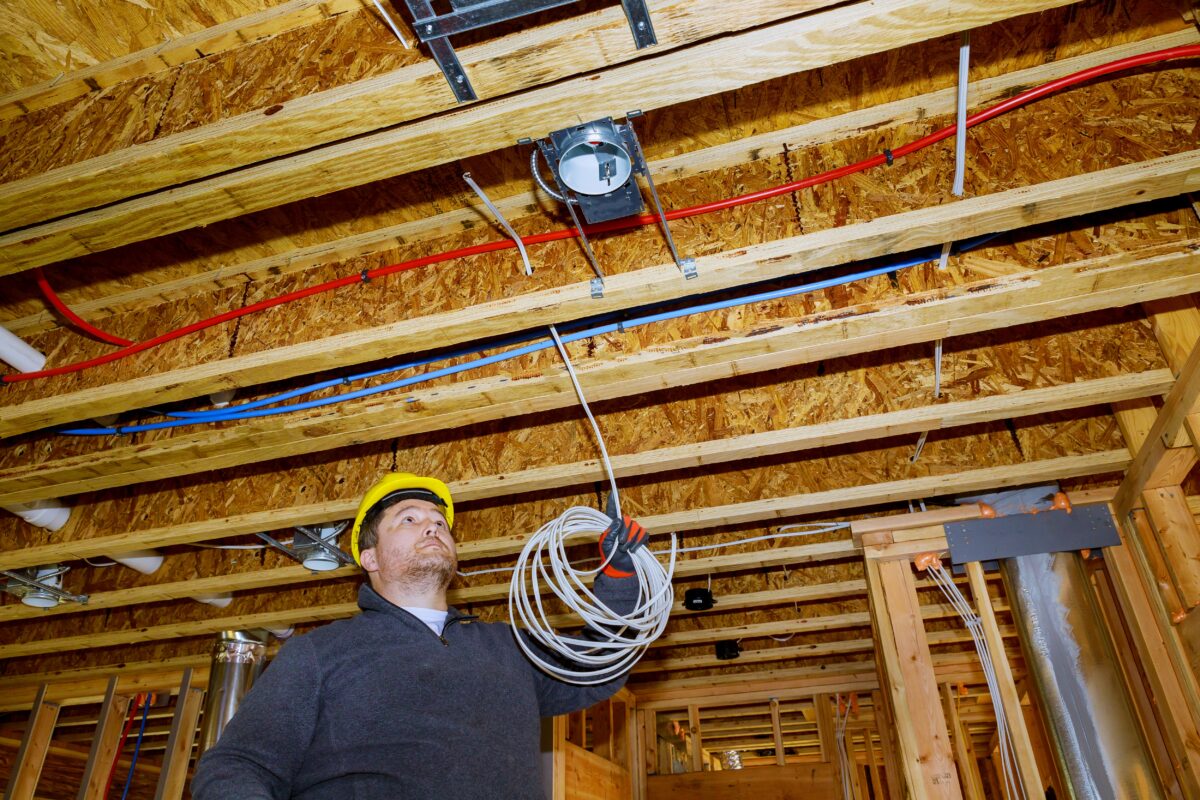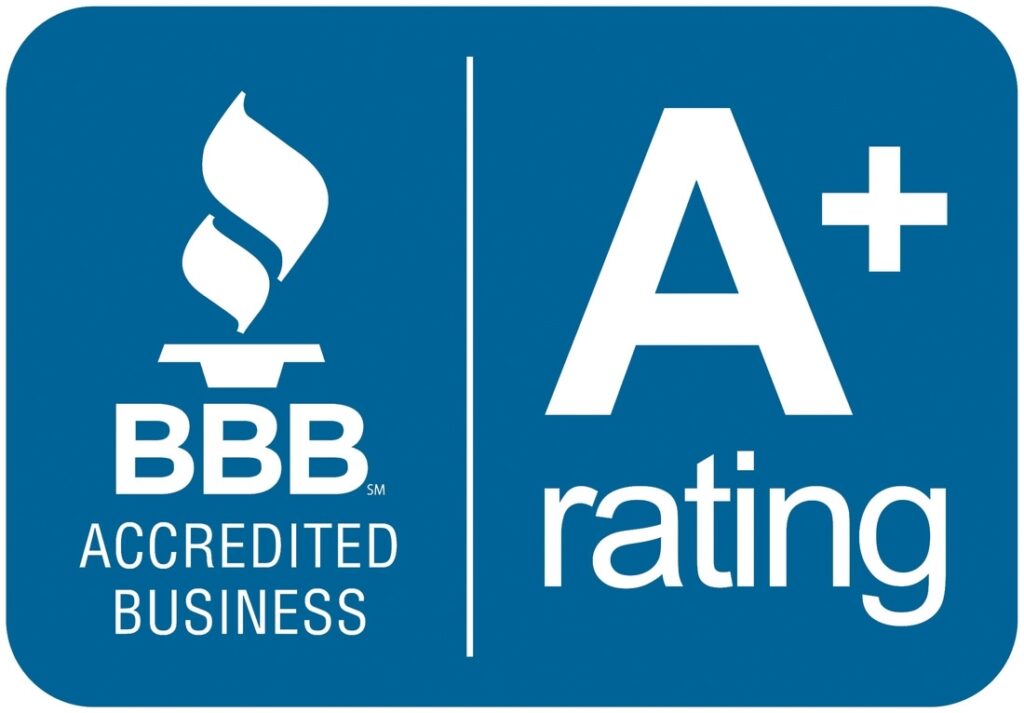Choosing the Right Generator for Home or Business
Irena
on
March 5, 2024
Choosing the Right Generator for Home or Business
Introduction
Choosing the right generator for your home or business in Northeastern Ohio is crucial to ensure the power supply is not interrupted during outages.
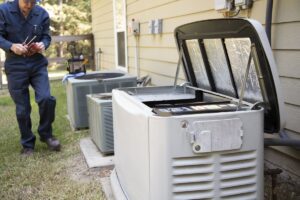
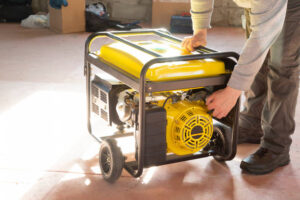
Streb Electric, a renowned professional electrician in the area, specializes in helping residents and businesses make informed decisions about their backup generators and power needs.
Understanding Generators
Generators are essential for providing power during outages. Various types exist, including standby and portable models with unique fuel types, gas lines, capacities, and size features. Knowing your options is the first step toward making an informed choice.
Assessing Your Power Needs
A professional assessment by a qualified licensed electrician like those at Streb Electric can help determine your exact power requirements. This ensures you choose a generator that efficiently handles your home or business’s electrical systems and energy needs by addressing all electrical issues and electrical panels and reviewing the installed costs.
Choosing the Right Generator for Your Home
The choice between a home standby generator, which automatically powers your home during an outage, and a portable generator, which is more versatile but requires manual operation, depends on your specific needs and preferences. Fuel type is another important consideration, with options ranging from gasoline and diesel to natural gas or propane.
Commercial Generator Options
For businesses, zero power interruptions are not just a convenience but a necessity. Streb Electric offers robust solutions tailored to the unique needs of commercial establishments, such as an automatic transfer switch, ensuring that your operations continue smoothly, even during power outages.
The Role of a Professional Electrician in Generator Installation
Installing a generator is not a DIY project. It requires the expertise of a professional electrician to ensure safe and compliant installation. Streb Electric provides expert installation services, ensuring your generator is set up correctly and safely.
Generator Maintenance and Safety
Regular maintenance is critical to ensuring your generator’s longevity and reliability. Streb Electric offers comprehensive maintenance services and safety guidelines to ensure your generator operates safely and efficiently.
Strep Electric: Your Trusted Partner in Northeastern Ohio
Streb Electric is not just about installations; we’re your partners in ensuring your home or business has reliable backup power. Our expertise and commitment to customer satisfaction make us the go-to electrician service in Lake and Gauge Counties, Ohio.
Permits and Legal Considerations in Ohio
Understanding local regulations and obtaining the necessary permits can be daunting. Streb Electric navigates these legalities, ensuring your generator installation meets all local codes and regulations.
Backup Power Solutions for Severe Weather
Ohio’s weather can be unpredictable. Streb Electric provides reliable backup power solutions that prepare you for anything, ensuring your safety and comfort during severe weather events.
Energy Efficiency and Generators
Choosing an energy-efficient generator saves on fuel costs and benefits the environment. Streb Electric can help you select eco-friendly options that meet your power needs without compromising efficiency.
The Cost of Investing in a Generator
Investing in a generator is a significant decision. Streb Electric helps you understand the costs involved and guides you toward choosing the best value for your investment.
Testimonials from Satisfied Streb Electric Customers
Hear from our satisfied customers who have experienced the reliability and professionalism of Streb Electric firsthand. Their stories highlight the importance of choosing the right generator and the difference a professional electrician can make.
Streb Electric’s Commitment to Community and Service
At Streb Electric, we’re more than just electricians; we’re part of the Willoughby, Ohio, community. Our commitment to excellence in service extends beyond installations to community involvement and support.
How to Contact Streb Electric for Your Generator Needs
Ready to choose the right generator for your home or business? Contact Streb Electric for a consultation. Our team is prepared to provide expert advice and installation services tailored to your needs.
The Future of Home Energy: Generators and Beyond
Streb Electric is at the forefront of generator technology, electrical services, and home energy solutions. As we look toward the future, we explore innovative ways to meet our community’s evolving energy needs.
Conclusion
Choosing the right generator ensures no interruption in power in Northeastern Ohio. With Streb Electric, you have a professional electrician partner committed to providing excellent customer service, expert advice, installation, and maintenance services. Please contact us today to learn more about how we can help meet your backup power needs.
For more information and to schedule a consultation, visit Streb Electric’s website.
